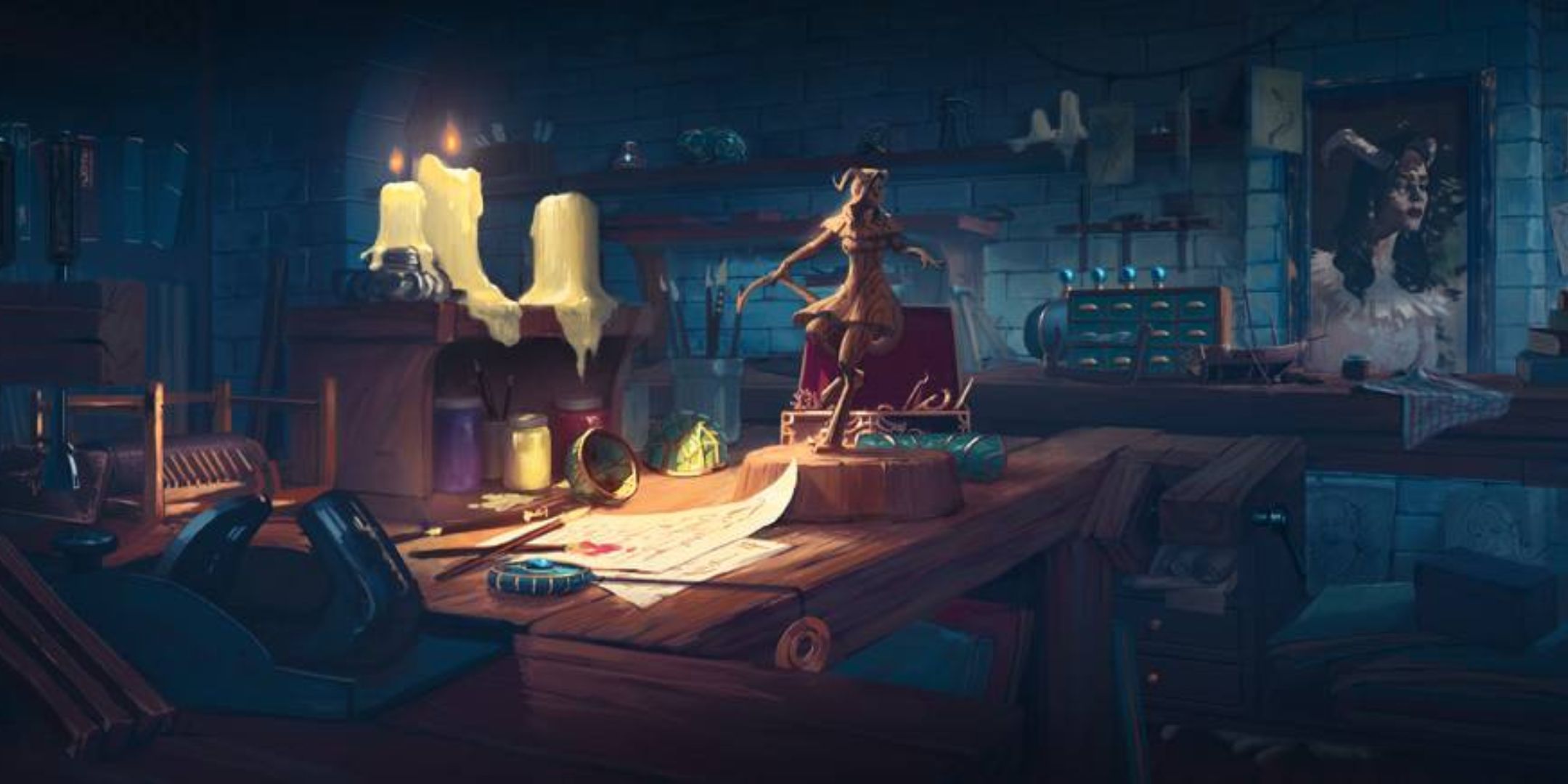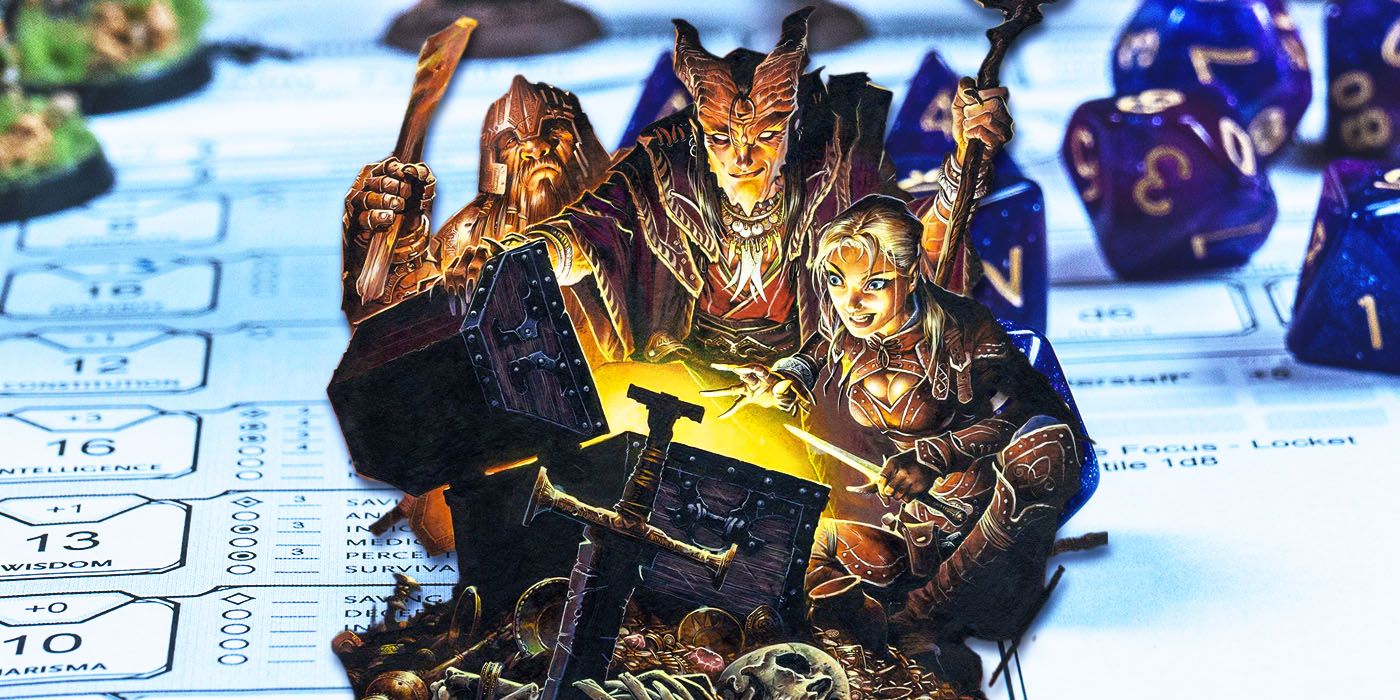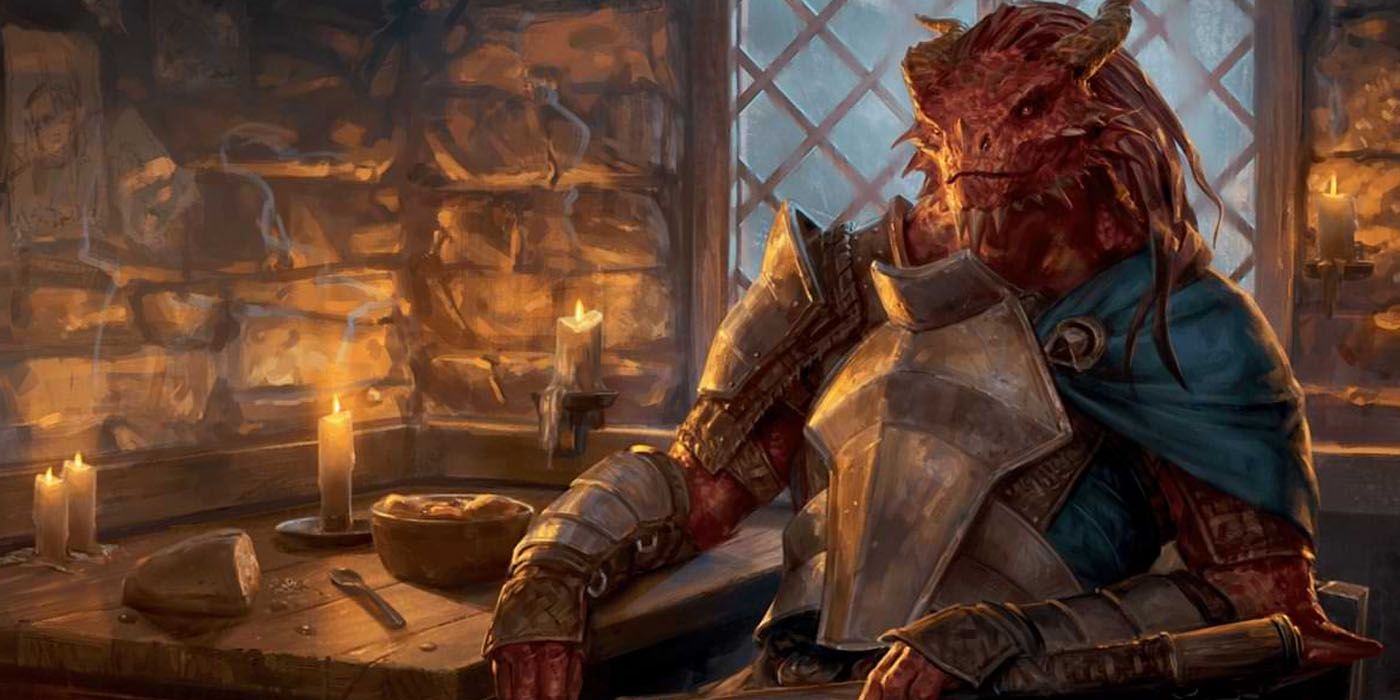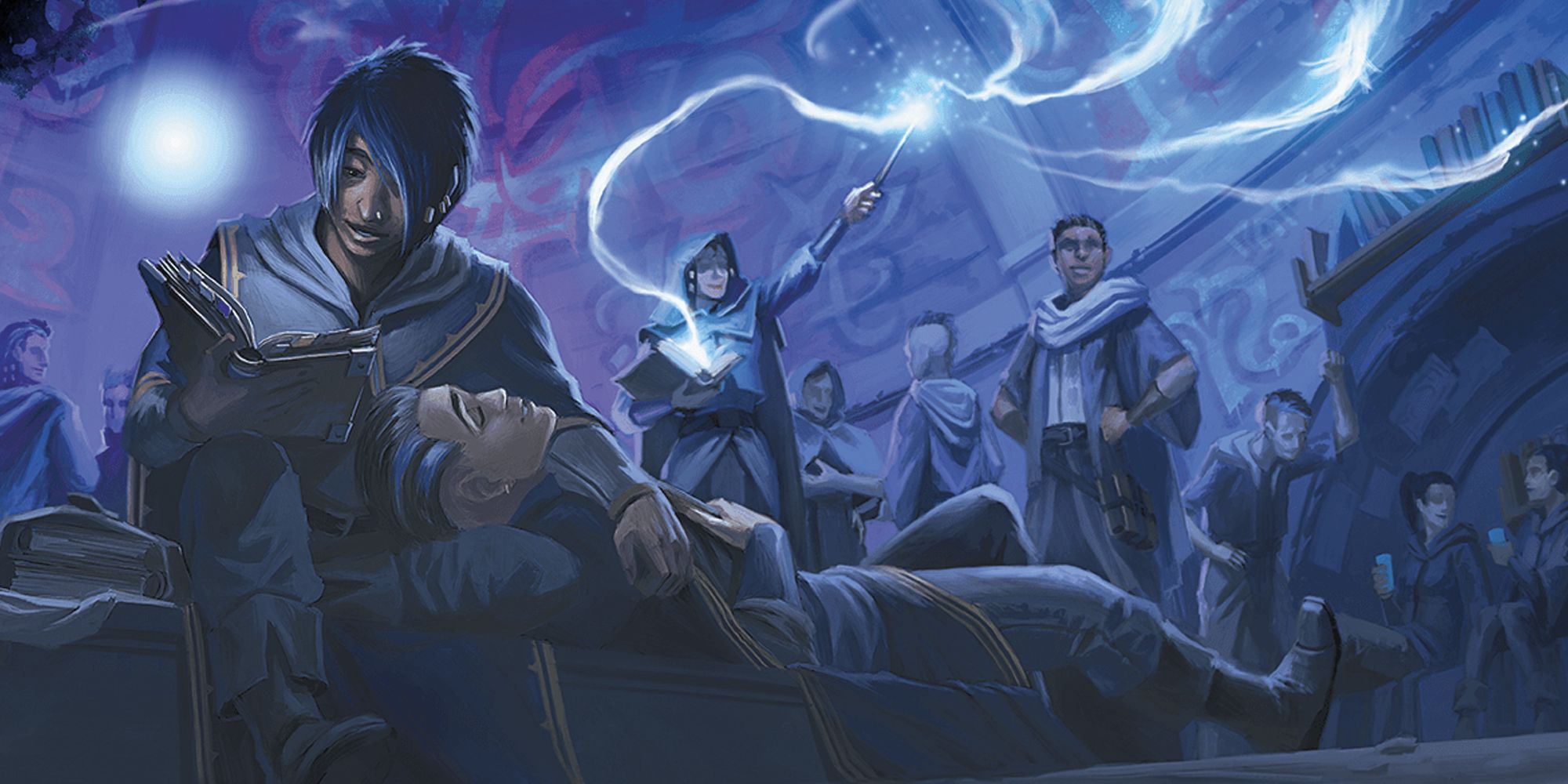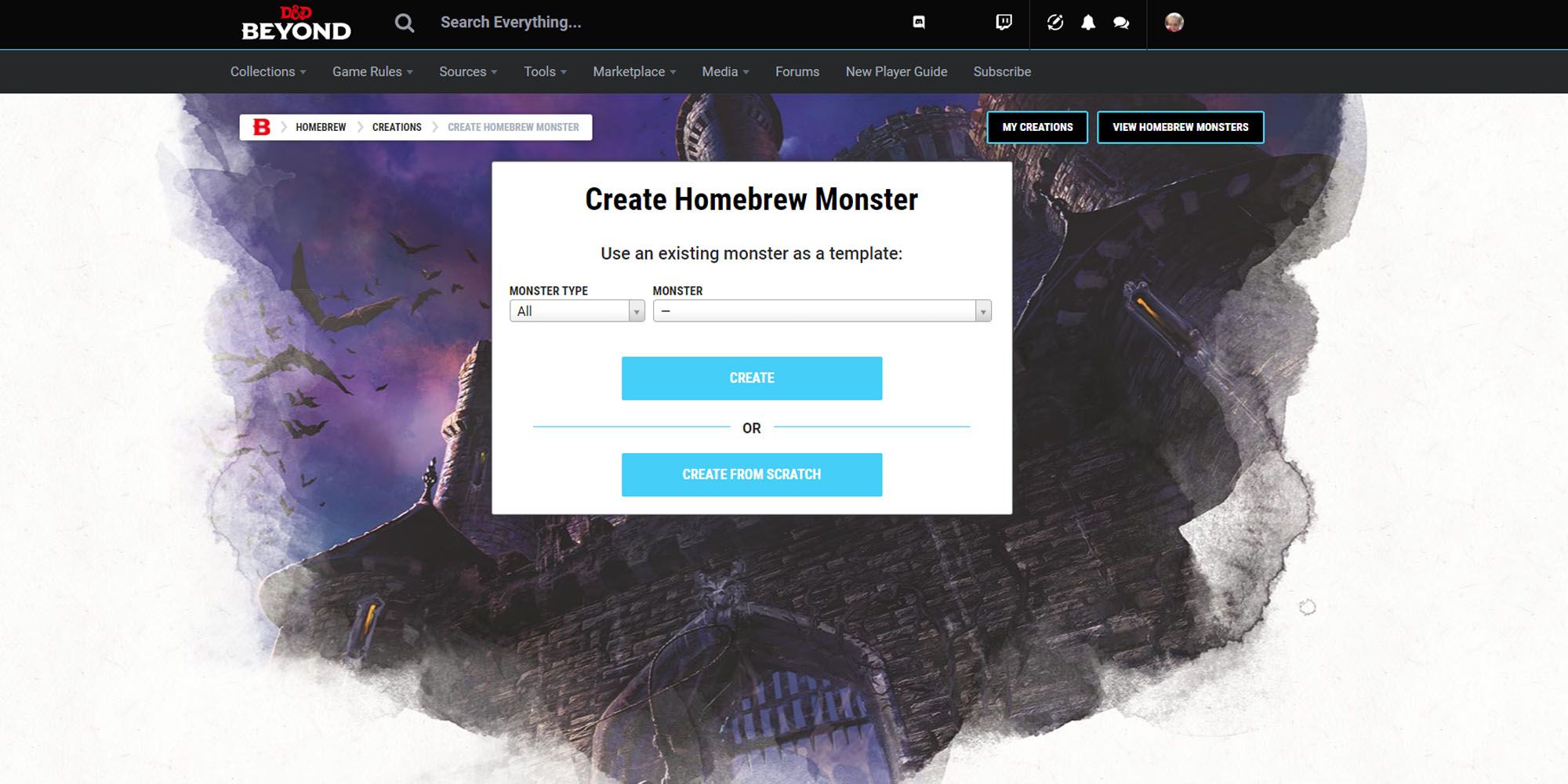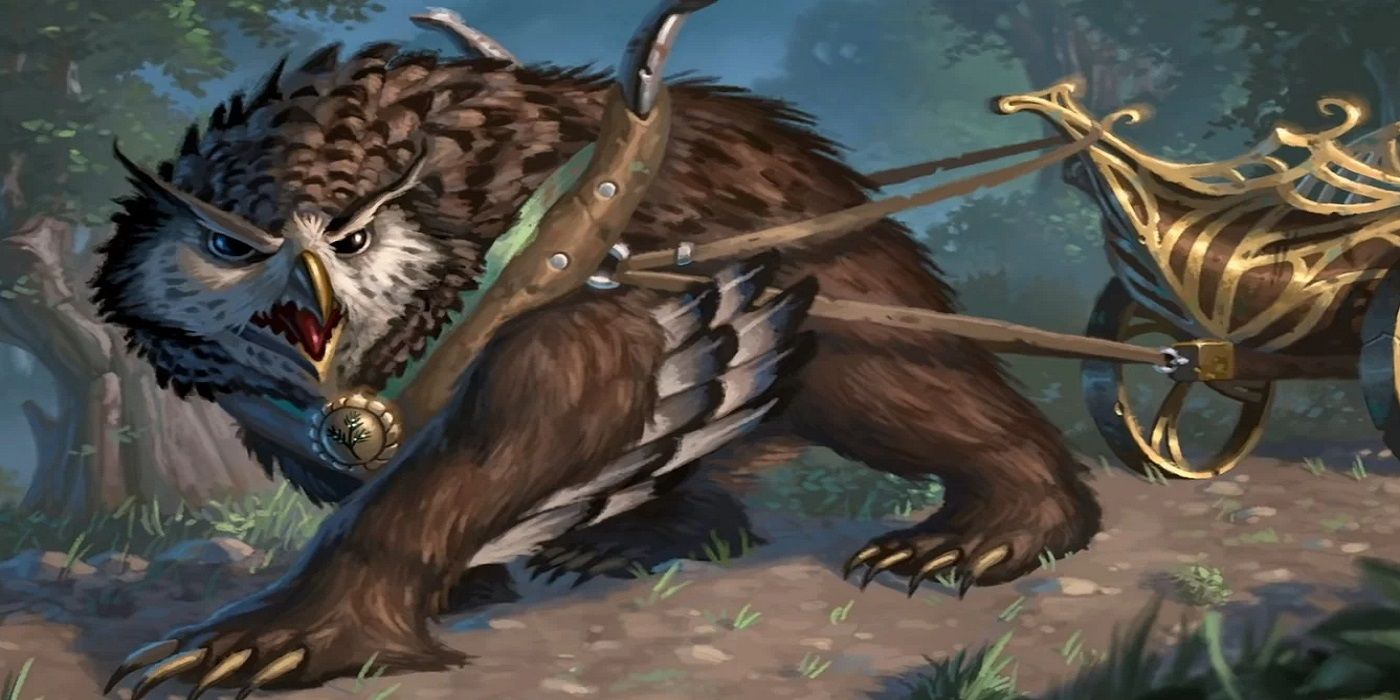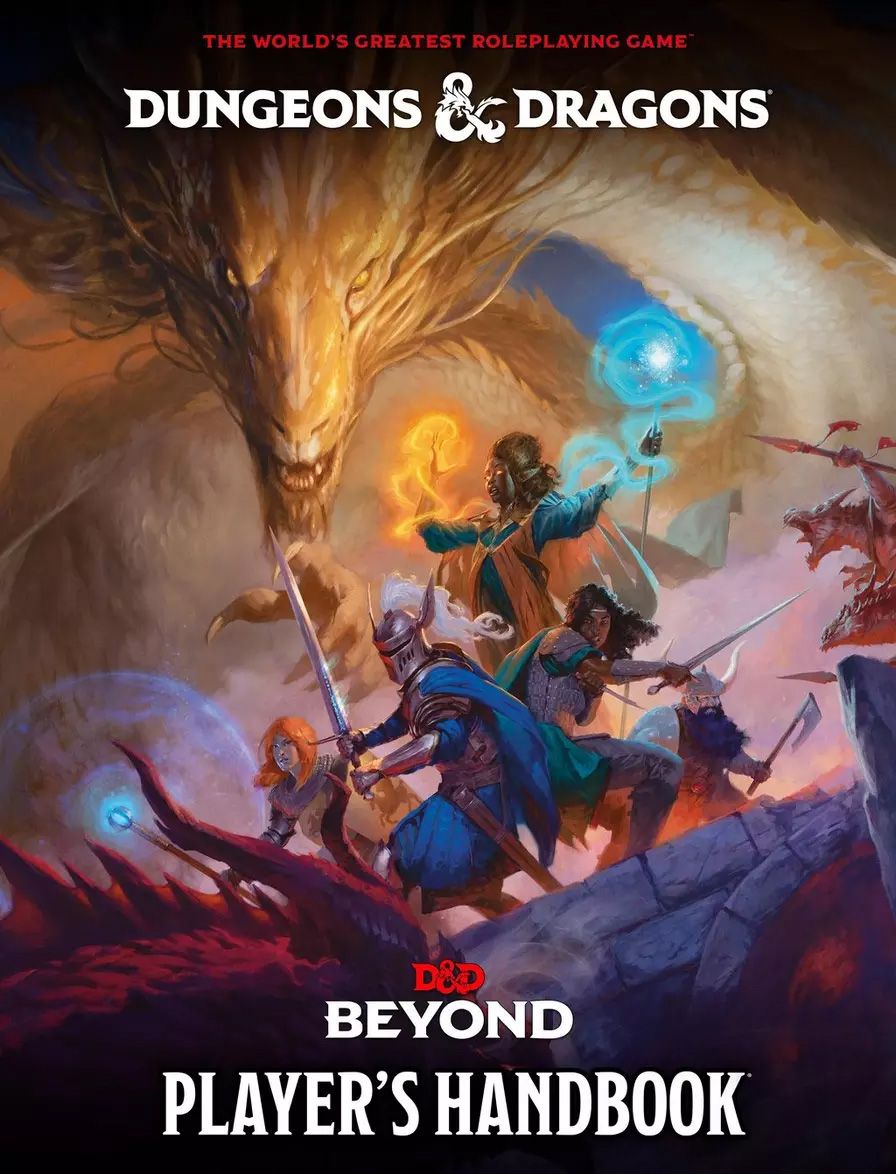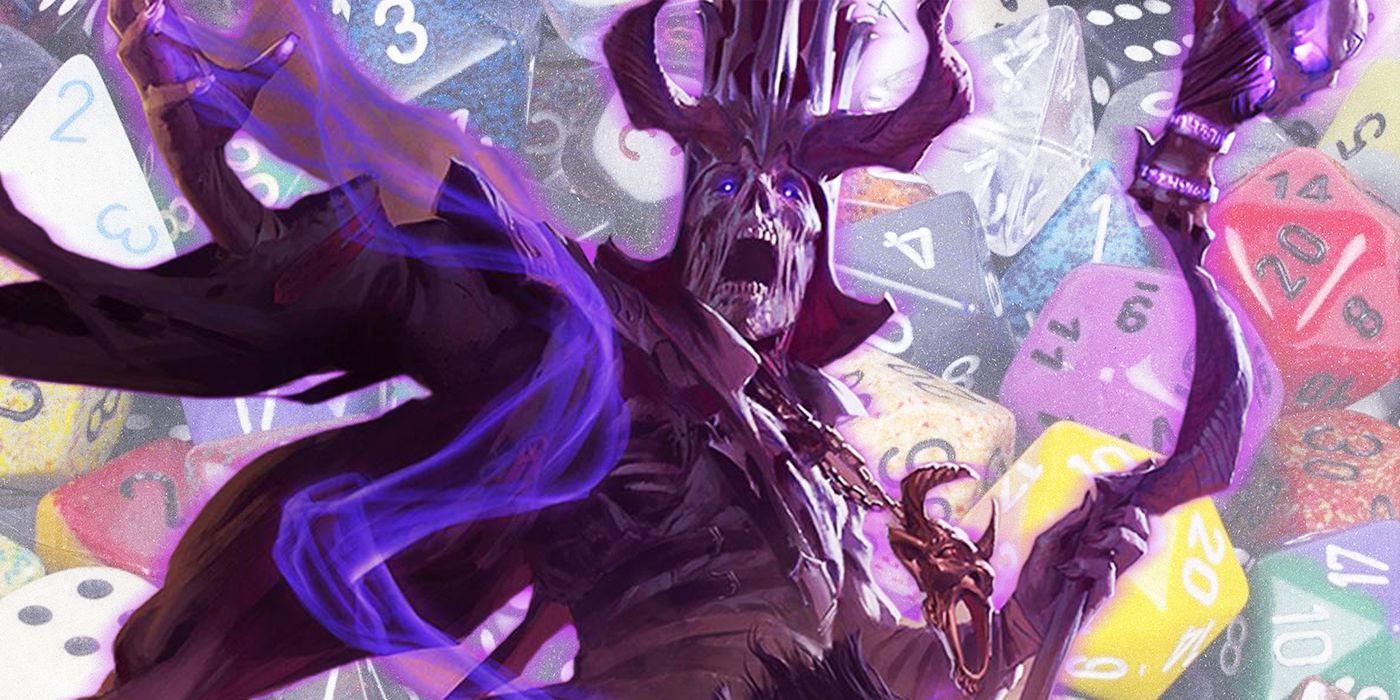
With the announcement of D&D 2024 (also called One D&D, 5e 2024, or just outright 6th Edition/6e) and the recent release of the new Player’s Handbook, Dungeons & Dragons players are excited to see what new ideas are waiting in store for them. The new Dungeon Master’s Guide is slated for release on Nov. 12, 2024, giving DMs another piece of excitement to look forward to before the Monster Manual is released on Feb. 18, 2025.
New and veteran Dungeon Masters are hoping that the new guide will address some confusion and potentially challenging questions. Ranging from gameplay mechanics to cheat sheets or simple tips and resources, there’s a lot that would be helpful to have in the new book, and a lot that DMs are hoping to see.

Related
D&D’s Chris Perkins Stepping Down as Product Lead After the New Dungeon Master’s Guide
Longtime D&D game designer Chris Perkins confirmed the upcoming Dungeon Master’s Guide will be his final book as Product Lead.
10 Clean Up the Pantheon
Organise, Categorise, Whatever Needs to be Done
To put it lightly: the divine pantheon in Dungeons & Dragons is kind of a hot mess. With an unbelievable number of gods, originally fictional or pulled from mythology alike, it’s incredibly overwhelming and unorganized. Even for those who aren’t new to DnD, it was a breath of fresh air to see just a sampling of these gods in Baldur’s Gate 3.
Ideally, the pantheon should be cut down to a manageable size, or remain exclusive to any of their respective modules. They can be organized into categories, making it easier to pick and choose the types of gods that DMs want in their campaign based on the god’s domain. It’s a quality-of-life change that would save Dungeon Masters an intense headache.
9 Environmental and Material Stat Blocks
Or Implement a Toughness Scale
The rules surrounding an item’s Armour Class (AC) and Hit Points (HP) are far more complicated than they need to be. Normally, an item’s HP measures how long it can take damage before it starts to lose its base integrity rather than breaking outright, and the AC for certain objects tends to be far too lenient. There are entire systems depending on the size of an object and its damage threshold, and this could easily be simplified.
Different materials should have small stat blocks, detailing resistances and immunities (because there’s no way a sealed iron door would yield to beatings from a wooden club). There should be a small chart with sample items, with more flexibility regarding damage rather than a simple break. Making items more effective and organized will not only make things easier for everyone involved but also bring better immersion into the DM’s more-grounded world.
8 Tips Regarding Session Zero
And Other Advice for New DMs
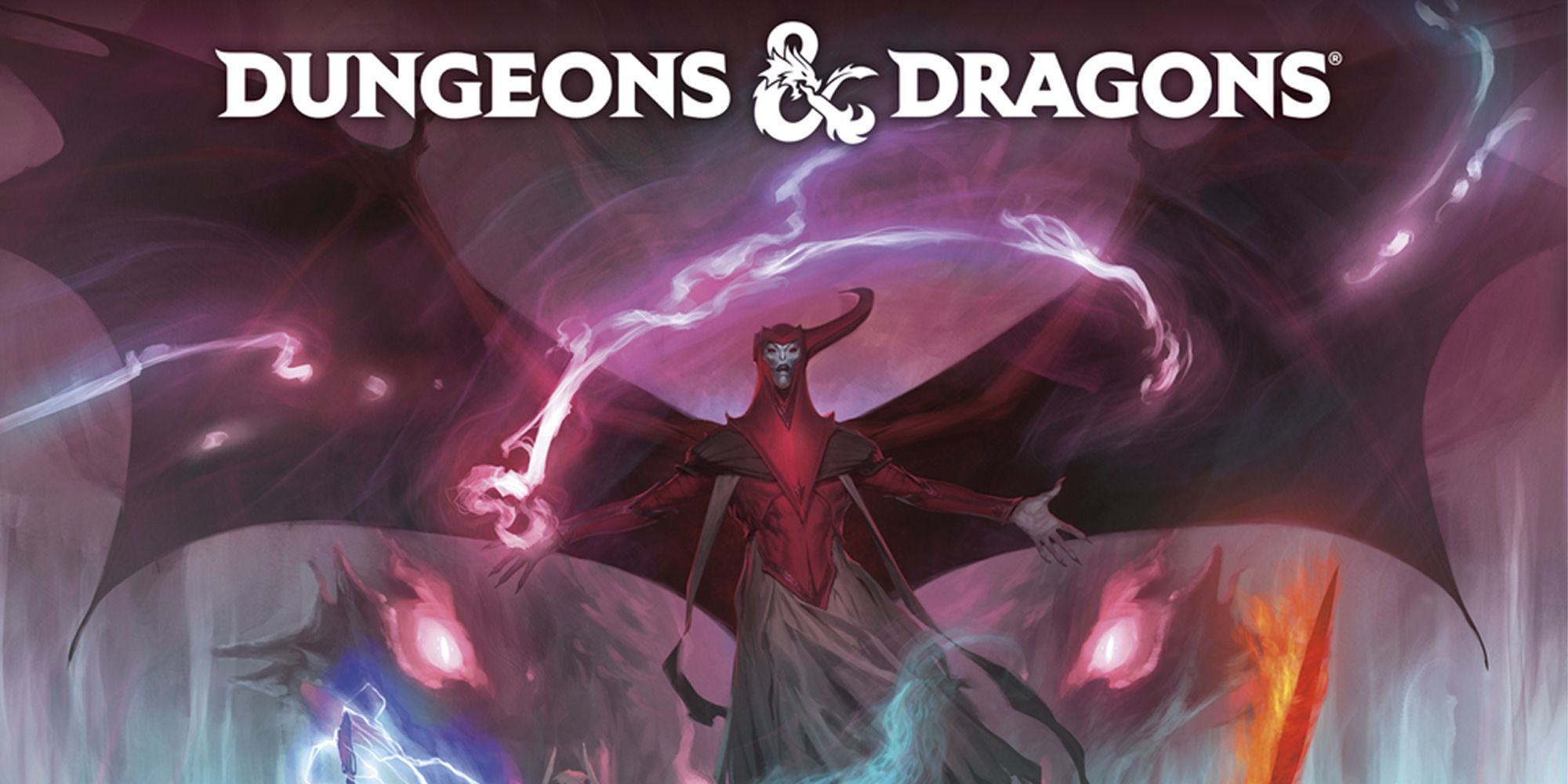
Related
D&D 5e’s 2024 Dungeon Master’s Guide Is Primed for Every Type of DM
The 2024 Dungeon Master’s Guide brings things to the table in such a way that anyone could run a D&D game with ease.
Being a Dungeon Master is hard, especially for those who are new to the hobby. It can be intimidating to both the DM and to players alike, but one way to avoid a lot of questions and potential conflict would be to set up a Session Zero. It’s a session before the game begins, where the DM sets up the world, the players can roll their characters, and boundaries are set. It’s also a fun way to get together and get started overall.
The Dungeon Master’s Guide currently doesn’t mention Session Zero or anything about it, which will hopefully change. It doesn’t have to be an entire chapter, even if it’s just a page detailing what a Session Zero is, what it means for everyone involved and tips on running one. Every group is different, so just some basic questions/essentials to cover would be plenty to get started.
7 Magical Item Pricing/Economy Help
How Much Should Something Even Cost?
Unfortunately, economics and math don’t always come easily to all Dungeons & Dragons players, as ironic as it seems. Sure, the currency described in the books is easy to follow and adapt, but it’s hard to maintain reasonable pricing. Not everything needs to be set in stone with their prices, but even a cheat sheet of some basics would be plenty for reference.
This becomes especially prevalent when magical items are involved in the mix. Sure, there are sample prices for basic weapons and armor, but nothing for other goods and services — and this doesn’t even consider the rarity of various items and their enchantments. Wanting to leave prices up to the DM is definitely understandable, but it would make it easier for them by providing something they can look back on if needed.
6 Basic Spell Cheat Sheet
Effects, Conditions, Any Simple Guide
There is an impressive plethora of spells for all kinds of casters in the Player’s Handbook and other modules, detailing everything that players can do with their newfound power. That said, it’s a lot to keep track of, especially with how different spells are exclusive to different classes. It can be fairly confusing and easy to mix around, especially since it’s not listed in the Dungeon Master’s Guide.
Having a table of some of the more common spells and cantrips would make it easier for DMs to refresh themselves on what is meant to happen. It would also be ideal to include a simple chart that details some of the main conditions that can be easily mixed up (such as being Grappled vs being Restrained). Or, ideally, just include everything at the end of the book, the same way the Player’s Handbook does.
5 An Encounter Building System
Something Not Exclusive to Combat

Related
Magic: The Gathering: 15 Planes That Should Be D&D Settings
Magic: The Gathering and Dungeons & Dragons have had plenty of crossover over the years, but which MTG settings would make for the best D&D books?
Coming up with encounters is one of the tougher aspects of being a Dungeon Master, with a lot to create and to balance. Books such as The Game Master’s Book of More Random Encounters provide great help in providing tools for all kinds of encounters, even though it requires DMs to have another book with them. The current Dungeon Master’s Guide even has a few pages at the end dedicated to random encounters in a dungeon through a dice roll.
However, these tend to be exclusive to combat. This is understandable, of course, but some campaigns don’t call for combat every single session. It could be due to the campaign’s genre, ideal gameplay, or through the wishes of the players, encounters shouldn’t be exclusive to fighting and hostile enemies. It’s tough to come up with a nonviolent encounter that still uses resources, so having some examples in place would be beneficial and bring more nuance to each game.
4 An Easier Cover System
Something Players Can Understand and Follow
When combat gets particularly challenging, players are able to utilize their environment in other ways rather than destruction: as cover. That said, the Cover System in D&D is immensely convoluted. There are different types of cover, and they don’t even provide cover in the traditional sense. They just up a player’s AC and Dexterity Bonus. Sure, it works, but it’s genuinely just easier to make it a Yes-or-No type of deal.
Players are either behind cover or they’re not, and it should depend on how the player is taking cover. For example, if they’re hiding behind a large boulder that goes up to a player’s waist, they shouldn’t be able to take damage unless that damage is inflicted from behind the cover, or if the player chooses to break cover. It doesn’t need to be complex, it just needs to be shelter.
Offer Flexibility for Creative Ideas
There are no officially released statistics about how often Dungeon Masters Homebrew certain elements or their entire campaign. Without a doubt, it’s definitely a sizable amount, considering that D&D Beyond makes it possible for players to Homebrew monsters, NPCs, and other essentials. That said, Homebrewing is not an easy task, especially for newer DMs who have their own ideas.
The Dungeon Master’s Guide doesn’t contain anything about Homebrew or how to tweak existing ideas. Despite 5e being the easiest and most flexible edition of D&D to work with, there’s still a lot to consider when Homebrewing and many might not know where to begin. Homebrewing should be an entire section in the new guide, realistically, with tips and tricks on how to flavor what exists or to pull something from thin air.
2 A Druid Wild Shape Cheat Sheet
Keep it All in One Place
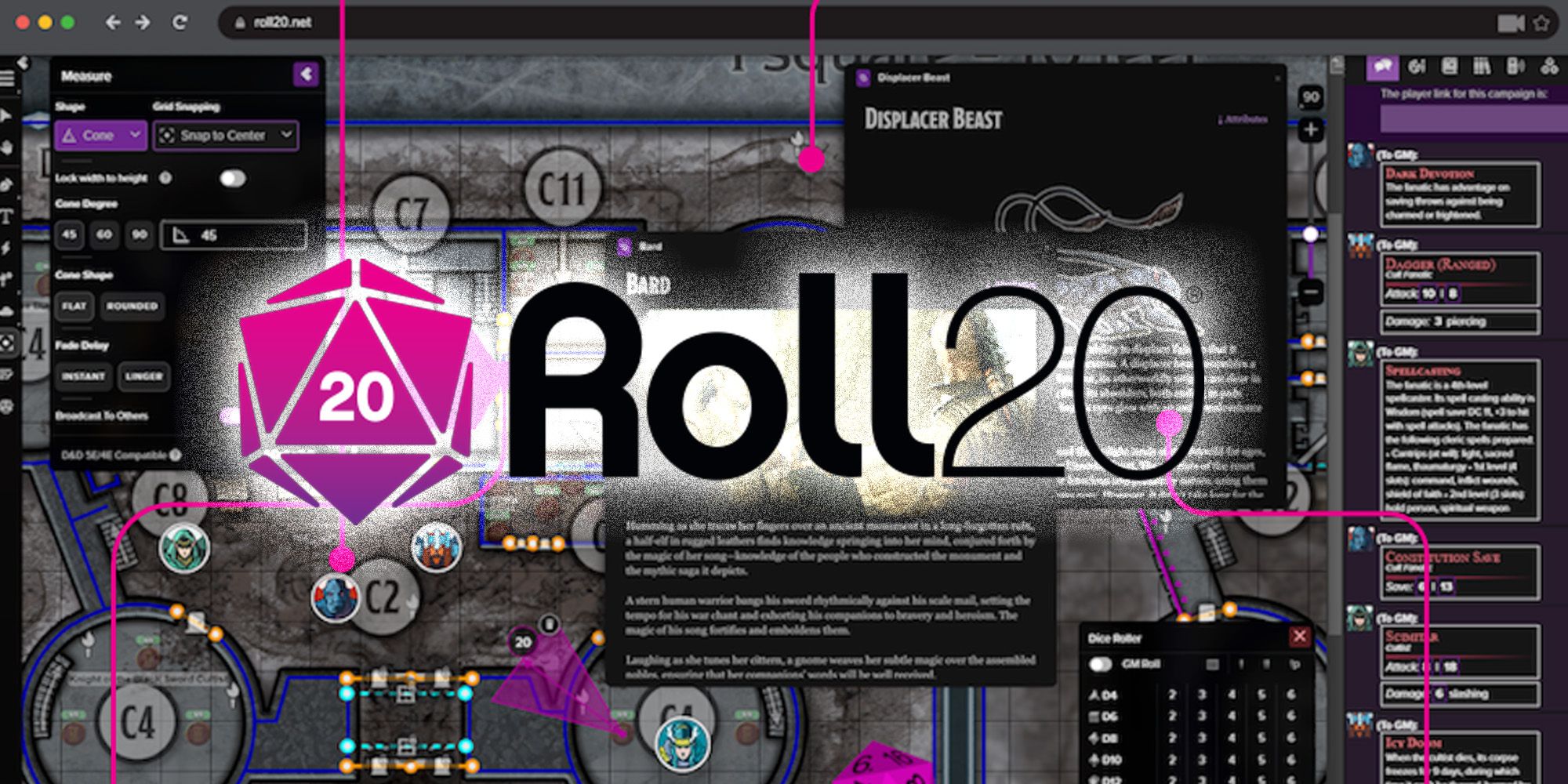
Related
Roll20’s Big Changes Coincide Perfectly With D&D’s 2024 Player’s Handbook Release
With D&D 5e’s 2024 Player’s Handbook just around the corner, Roll20 is fully prepared to embrace change to make everything easier for DMs and players.
If spells were complicated to keep track of, the Druid Wild Shape List is far more difficult to manage, especially in the middle of a game. Apart from being incredibly powerful and difficult to work around in combat, there’s an infinite number of possibilities on what Druid players can turn into. It’s even more frustrating that, in one of the books, it says that the DM will have all this information — and then DMs don’t have any of it.
Having a few pages dedicated to various Wild Shapes, their CR ratings, and main stats would be crucial to making Druids easier to manage in combat, all while providing a better experience for everyone involved. By adding convenience, it takes away unwanted frustration, so having the Wild Shapes compiled in one spot definitely would fit into that need.
1 Villainous and Evil Class Options
Either With the BBEG or a Separate Villain
Sure, the point of Dungeons & Dragons is often for the party to save the world from the fated Big Bad Evil Guy (BBEG, also called Big Bad End Guy). However, sometimes players want to work for the BBEG, either as a spy or through a villainous party rather than a heroic one. Unfortunately, there’s not really any information on being evil and running an evil campaign. DMs have to tweak and homebrew to make it happen.
Having a section detailing Villainous Classes would be absolutely spectacular. It would be a new way to play D&D, even if it’s for a shorter campaign — it could coincide with the BBEG or be standalone; either way, the goals and aftermath are evil-aligned. Detail spies, traitors, evil motives and actions; introduce ways to turn to the dark side, in a manner of speaking, corruption coinciding with power. Or, for a more hopeful note, have a way to be saved from evil — either way, it would open an entire new world for the DM and players alike, and hopefully, something like it will be available in the new Dungeon Master’s Guide.
Discover more from reviewer4you.com
Subscribe to get the latest posts to your email.
